In recent years, Ninh Binh tourism has witnessed a strong growth in the number of visitors in both international and domestic markets, affirming its position as a leading destination in Vietnam. Although there has not been an overload in key areas, Ninh Binh province has proactively anticipated this by building tourism products and satellite destinations. One of the localities chosen by Ninh Binh tourism to exploit and develop is the mountainous district of Nho Quan. This brings a diverse and rich color to Ninh Binh's tourism products, contributing to the sustainable development of the province's "smokeless industry".
Nho Quan is the only mountainous district of Ninh Binh province, possessing outstanding potential with many unique landscapes, festivals, daily lifestyle, dishes, famous specialties of the Muong ethnic group... These are important materials to form unique and distinctive tourism products, attracting tourists with types of community tourism, eco-tourism, adventure tourism, historical-cultural tourism...
Old marks remain forever
Nho Quan mountainous district is located in the Northwest of Ninh Binh province, with a large area accounting for 1/3 of the province's total area; bordering Thach Thanh district (Thanh Hoa province) and Yen Thuy and Lac Thuy districts (Hoa Binh province). Historical records show that the name "Nho Quan" dates back to the Nguyen Dynasty, in the 15th year of Tu Duc (1862), meaning a land of elegance and culture.
Nho Quan today is still referred to as an "ancient land" with many historical marks. From the primeval forest of Cuc Phuong, with the archaeological site discovered at the Ancient People Cave, it has shown that humans appeared on this land since ancient times more than 7,000 years ago. In addition, there is much scientific evidence proving that Nho Quan is one of the lands that contributed to the establishment of the Van Lang nation, the first state of the Vietnamese people.
Associate Professor, Dr. Lam Ba Nam, Chairman of the Vietnam Association of Ethnology and Anthropology, shared: Over a thousand years ago, the Viet-Muong were still a common community, later they were divided into two separate communities when a part migrated to the delta and the edge of the Red River Delta and the part of the residents gathered in the same place, separating the Viet and Muong into two separate ethnic groups. This time began to emerge from the Ly-Tran period and became clear from the Le period. This is a controversial issue and has not yet ended. The Trang An cultural space is the Viet-Muong cultural space. If specifically identified, this space can be extended to Nho Quan and the Cuc Phuong National Park area, where three provinces in the region meet, including Lac Thuy and Yen Thuy districts (Hoa Binh province) and Thach Thanh and Cam Thuy (Thanh Hoa province). In addition, this is where the Muong communities have preserved quite strongly the cultural characteristics of Muong as well as Viet-Muong in general. Besides the Vietnamese (Kinh) people and Vietnamese culture, we should also pay attention to the culture of the Viet-Muong community in general and Muong culture in particular in this area.
According to Mr. Dinh Van Xuan, Chairman of the People's Committee of Cuc Phuong Commune, the vestiges of Muong culture in Nho Quan are still quite strong. Although over time, the traditional culture of the Muong people in Nho Quan has faded, the cultural characteristics that have been summarized by the people are: Buffaloes wearing gongs, dogs climbing ladders; mai tubers, rau sang, bitter bamboo shoots, honey; steamed rice, stilt houses, water on the shoulder, roasted pigs, days back, months forward... are still preserved by the people to this day. Along with that, in the life of the Muong people, there are quite a variety of forms of costumes, cuisine and especially forms of intangible culture, from language to rituals in the life cycle; from the unique folk cultural treasure with thuong rang, bo meng to de dat de nuoc; from sac talismans to folk poetry, folk poems... and many other interesting and unique things.
Currently, ethnic minorities account for 17% of the population of Nho Quan district, mainly the Muong ethnic group. Therefore, this land still preserves a variety of traditional cultural identities, along with more than 300 historical-cultural relics, more than 40 folk festivals. In particular, Cuc Phuong National Park - a place that contains a huge value of nature, ecological landscape, culture of the Muong ethnic group... is a very favorable condition for the formation and development of multi-faceted tourism.
Awakening the heritage
Comrade Nguyen Van Manh, Deputy Head of the Department of Culture and Information of Nho Quan district, said: If historical and cultural relics are considered "open-pit gold mines" serving the development of the tourism industry, then the rich cultural beauty of ethnic minorities is considered a "treasure" of intangible cultural heritage. Therefore, it is not until now that indigenous culture has been focused on preservation by the Party Committee, Government and People of Nho Quan district to develop tourism. For a long time, the cultural treasure has been like an underground stream that never runs dry in the hearts of every citizen of the "ancient land" of Nho Quan.
Therefore, in 2023, when Nho Quan district implemented the Project "Preserving and promoting the fine traditional cultural values of ethnic minorities associated with tourism development" under the National Target Program on socio-economic development of ethnic minority and mountainous areas, period 2021-2025, the people of mountainous communes of Nho Quan district were extremely excited and in agreement. Together with the State, they restored a series of traditional rituals such as: Khai Ha Festival (Cuc Phuong commune) and Com Moi Festival (Ky Phu commune); researched, restored and preserved the intangible cultural heritage of Mo Muong Rituals and Muong Weddings; built 2 models of traditional Muong ethnic culture in Ao Luon village, Ky Phu commune and Bai Ca village, Cuc Phuong commune...
Along with that, local products have been upgraded to become tourism goods and have been "launched" from the Project of One Region, One Product, Quality, and Safety of Ninh Binh Province (OCOP Ninh Binh Project). Up to now, Nho Quan district has directed 27/27 communes and towns to build typical, typical products of the 5 localities, in which many products have built their own brands, contributing to tourism development such as: Cuc Phuong honey, Xich Tho crispy rice, Golden flower tea, Polyscias fruticosa extract, Herbal flower tea, Citaher Cuc Phuong herbal shampoo, Bui Ky Lao fruit...
In particular, every year, the district maintains the organization of the Cultural and Sports Festival of ethnic groups in Nho Quan district, to promote and boost tourism, attract domestic and international investors and tourists to Nho Quan, gradually diversifying tourism products associated with the values and cultural identities of ethnic minorities in the district.
With the efforts of the locality, the fairly systematic investment from the investment attraction policy mechanism, Nho Quan is becoming an attractive land to build accommodation infrastructure, from which tours imbued with the cultural identity of the region have been born, gradually creating attraction for tourists. This will be a journey to awaken resources, opening up new opportunities in tourism development associated with the management, effective and sustainable exploitation of natural resources, scenic spots, heritage forests and indigenous culture.
Nguyen Thom
⇒ Part II: Sowing green seeds on difficult land
Source: https://baoninhbinh.org.vn/phat-trien-du-lich-mien-nui-them-giai-phap-ben-vung-cho/d20241006191917847.htm





![[Photo] Vietnam and Sri Lanka sign cooperation agreements in many important fields](https://vphoto.vietnam.vn/thumb/1200x675/vietnam/resource/IMAGE/2025/5/5/9d5c9d2cb45e413c91a4b4067947b8c8)
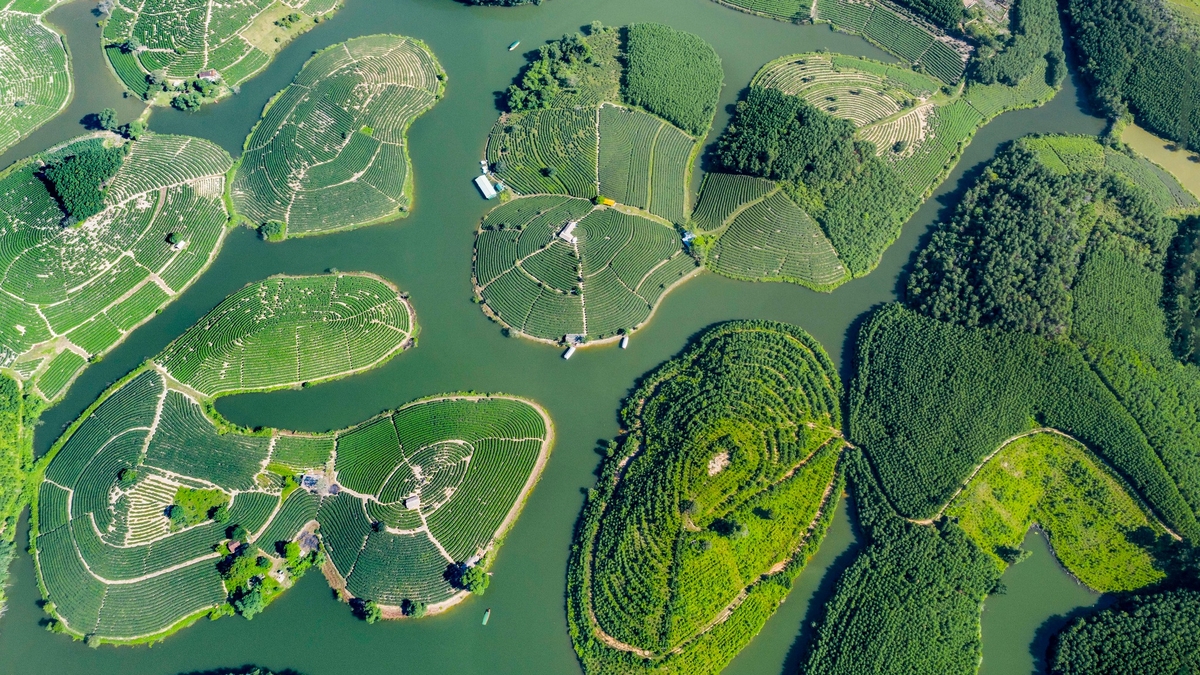

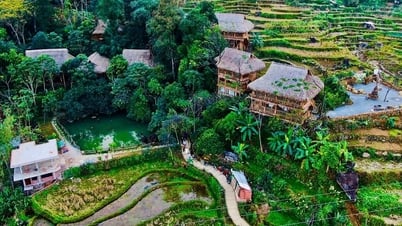

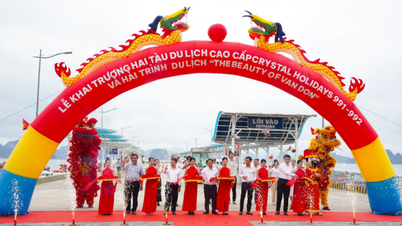



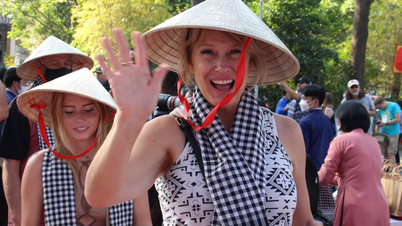

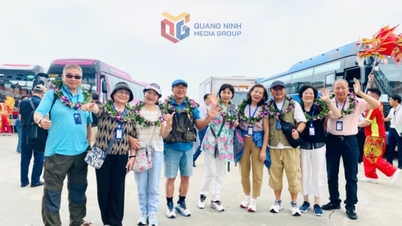




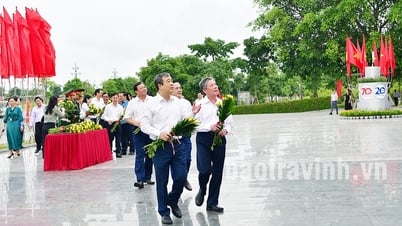
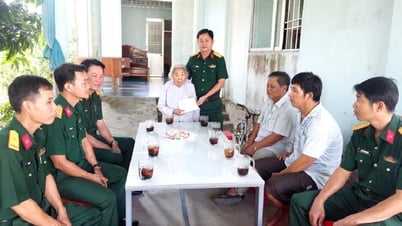

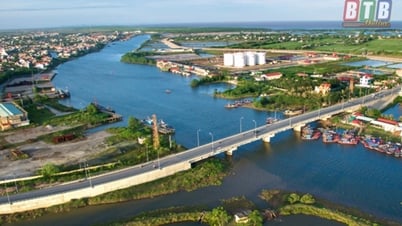

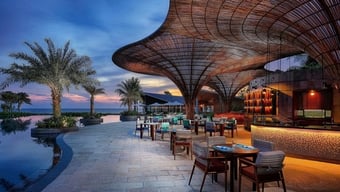




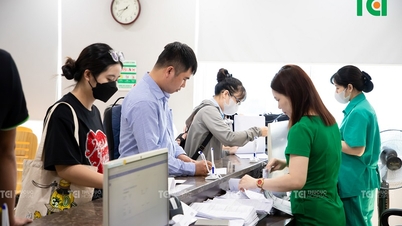



![[Photo] President Luong Cuong and Sri Lankan President Anura Kumara Dissanayaka visit President Ho Chi Minh relic site](https://vphoto.vietnam.vn/thumb/1200x675/vietnam/resource/IMAGE/2025/5/5/0ff75a6ffec545cf8f9538e2c1f7f87a)
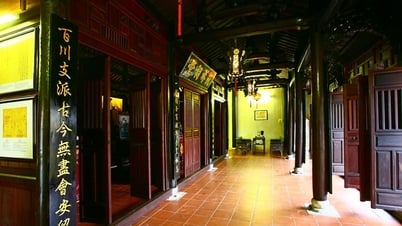
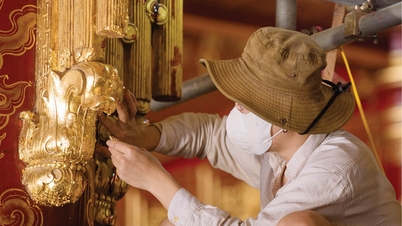




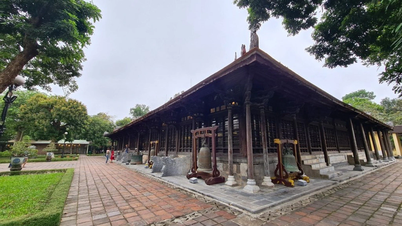



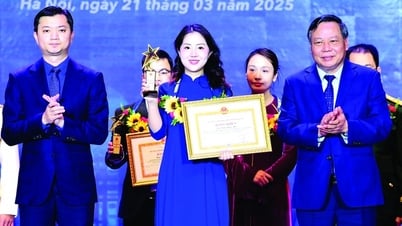

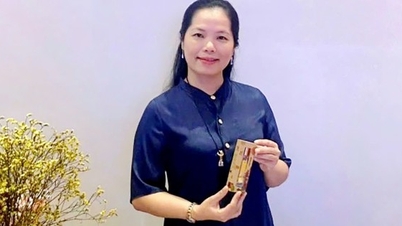

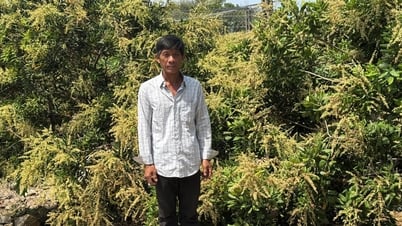
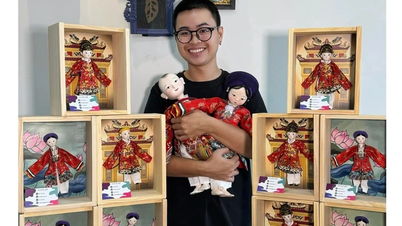








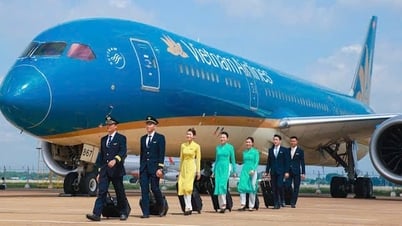

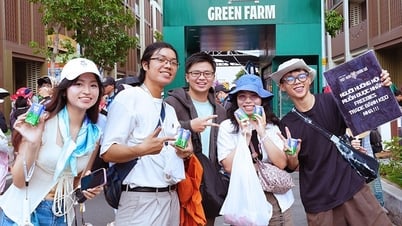


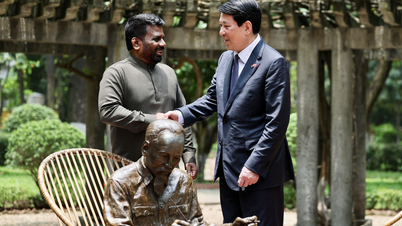

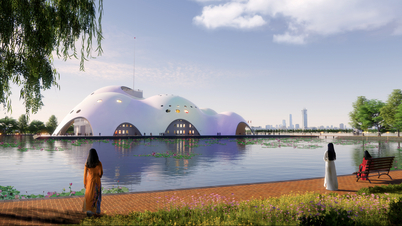


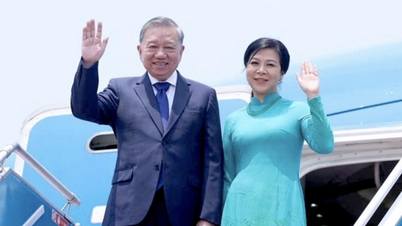




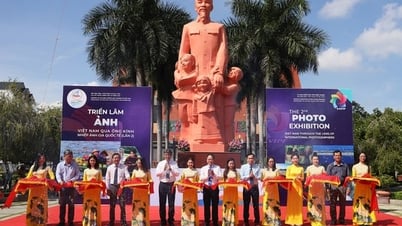




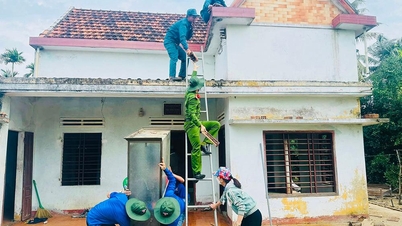



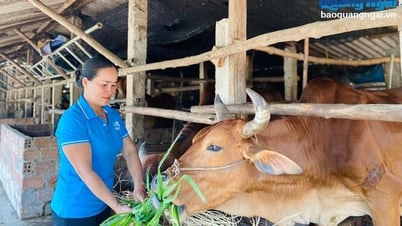
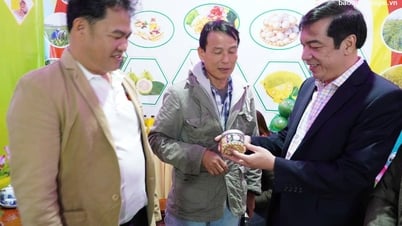

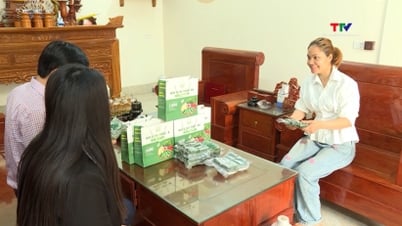

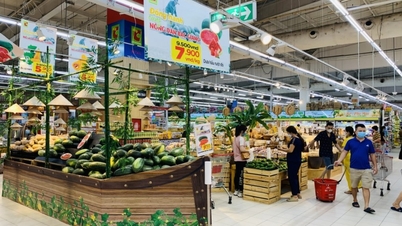

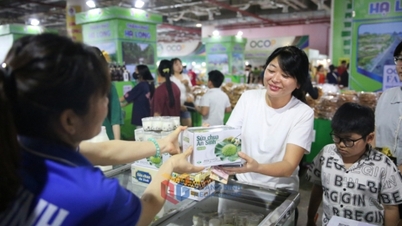
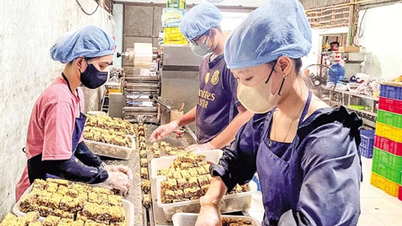




Comment (0)